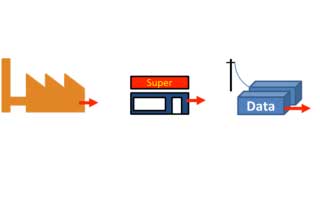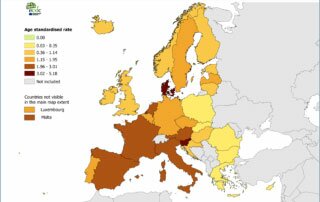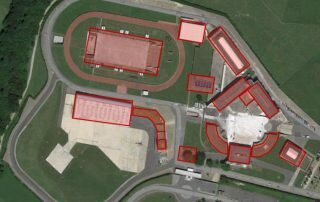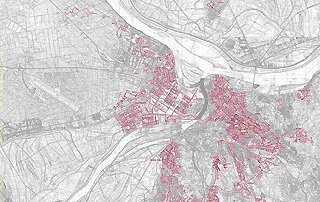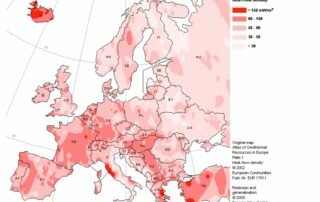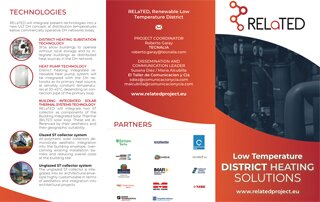Prevention of legionella: actions to find safe domestic hot water solutions in relation to district heating
Use of low and ultra-low DH temperatures, that proposes RELaTED project, results in an increase of the energy efficiency of the heating system. However, the low temperatures in general also increase the risk of Legionella. This emphasizes the need of finding safe Legionella solutions for the domestic hot water (DHW) production from district heating (DH). Focus has been on both large installations in multi-family houses and commercial buildings often using a storage tank for hot water, and for smaller installations in one-family houses or in each flat in newer multi-storey houses with instantaneous heating by a heat exchanger. A survey of various challenges and solutions can be found in the IEA Guidebook “Future Low Temperature District Heating Design Guidebook” from [...]



